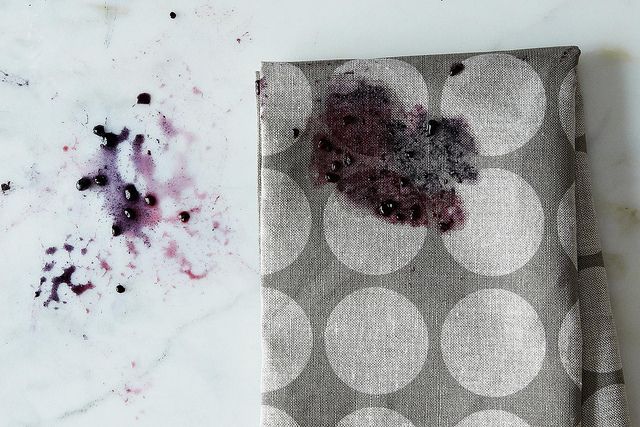
It's here: Our game-changing guide to everyone's favorite room in the house. Your Do-Anything Kitchen gathers the smartest ideas and savviest tricks—from our community, test kitchen, and cooks we love—to help transform your space into its best self.
Grab your copyPopular on Food52
Continue After Advertisement
4 Comments
knoh
May 14, 2014
For oily or greasy stains on natural fibers or synthetics, corn starch or flour usually works for me. Absorb all extra oil by blotting with a dry cloth or towel. Apply cornstarch (or any other white flour that will absorb oil; don't use nut meals, and wheat flour does not seem to absorb as well). Let the flour sit on the stain for a couple of minutes, then brush off the excess. Launder or dry clean as usual.
judyschwab
May 1, 2014
For purple berry stains pour boiling water over the area. No stain remover necessary. I was skeptical, because it seems somewhat counterintuitive...like it might actually set the stain. But when I tried on a blueberry stain on my husband's white shirt, it worked like a charm. You may need to do it once or twice. I put the stained item right under my boiling water dispenser.
Cindy D.
May 2, 2014
I managed to drop a nice juicy strawberry into my lap during lunch one day- right onto my white pants. I also found the boiling water tip online, and was skeptical, but it really really worked. Even after having to walk around all day and treating the stain many hours later. I just poured the boiling water directly onto the stain with my pants held over the sink (so the water could run through the stain) and literally watched it wash away. Genius!



See what other Food52 readers are saying.